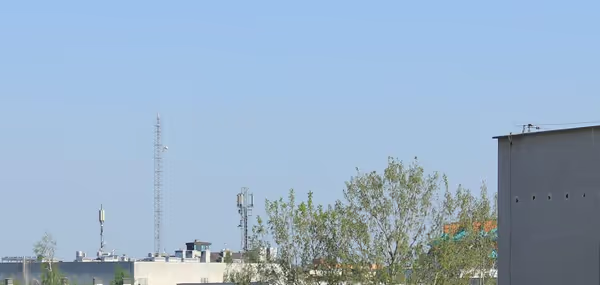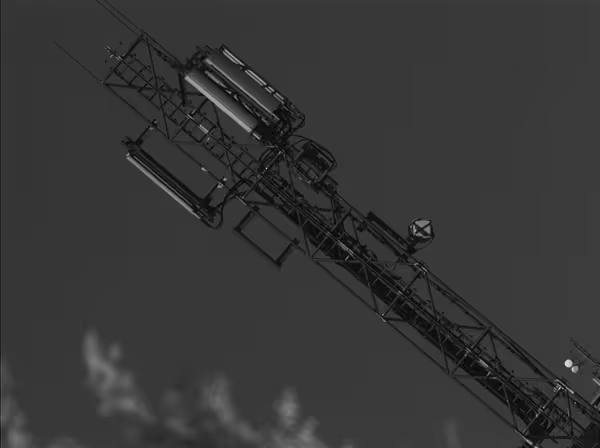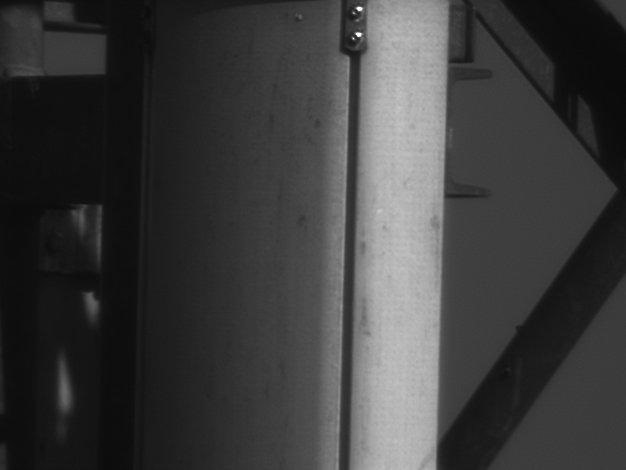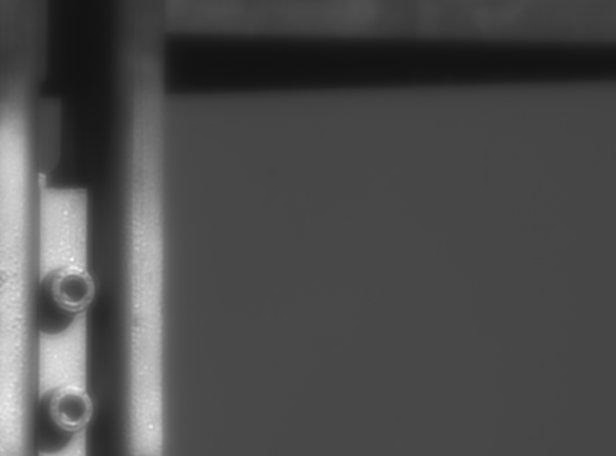Comparing photography to astrophotography
What's the difference between photography and astrophotography? Why astronomers use fancy mounts or cooled mono cameras? Why planetary photographers use machine vision cameras? Here is an explanation - in few images of one antenna:

This is a standard photography - Canon EOS 550D and a kit lens. You can see an antenna near the tree.

This is an image taken with a 65/420mm refractor and Atik 314L+ mono camera designed for deep space imaging. The antenna is much bigger and that refractor is one of the smallest used for imaging galaxies, nebulae or other deep space objects. Up to 1000 mm of focal length is usually used. And that's not all. The object is moving on the sky so the telescope must be mounted on an equatorial mount that mimics that movement. Tracking of the equatorial mount makes the object static for the camera (usually with the aid of additional guiding corrections).
This type of imaging is often made with dedicated cameras - actively cooled to very low temperatures and with 16-bit images on the output. The cooling is needed as the objects are very fain. Each frame is exposed for few minutes (like 5 or 10 minutes) and cooling limits sensor "dark noise".

When imaging planets (or Moon, Sun) big scopes are required. The resolution is very high (see the image), while the planet still will fit on a small frame of an machine vision camera. At such high resolution air movement can easily blur the image. This effect limits exposures time to milliseconds (usually no more than 30-40 ms). At such short exposures most of captured frames will be clear and sharp.
High quality machine vision cameras allow to capture even 60 or more frames per second. As the exposure time is very short and gain (ISO) very high a single frame will be very noisy. To limit noise image stacking is used. Typically to make an image of a planet you would record an AVI with a few thousands of frames. Next you would pass it to application that will choose only sharp frames and stack them into one final image of much lower noise. You can't also collect those frames for a long time as planets rotate around their axis. For Jupiter you have up to 3-4 minutes before planet rotation would blur the final image.
Image taken with a 11 inch Schmidt-Cassegrain telescope (280/2800) and a TIS DMK21AU618 planetary (machine vision) camera.

If the air is stable you can do planetary images at the limits of your scope resolving powers. As you can see screws are quite nicely detailed... This image was taken with 11 inch SCT at f/30 - 8400 mm of focal length.
Example images






Comment article